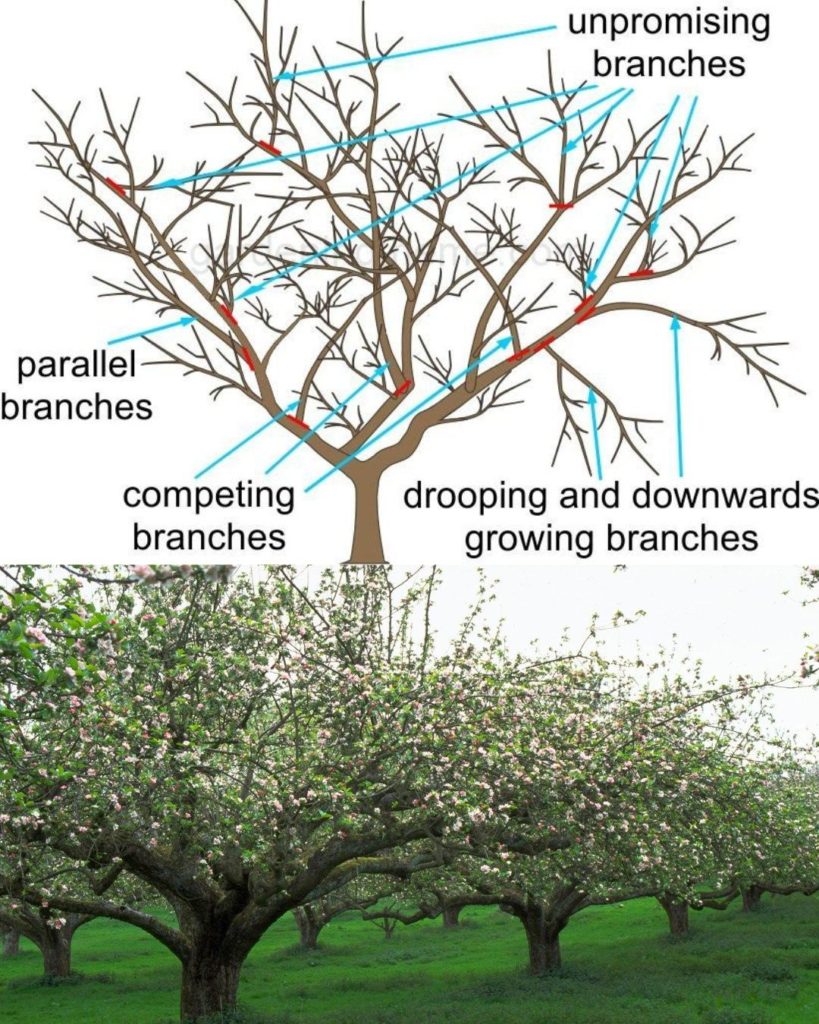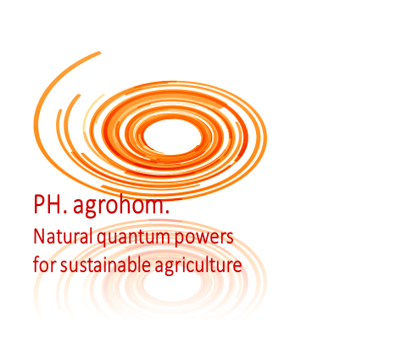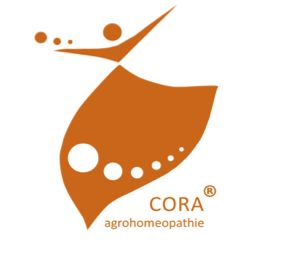How to Prune Apple Trees for a Healthier, More Productive Harvest

Pruning your apple trees is a simple yet vital step toward boosting fruit production and keeping your trees healthy. The best time to prune is late winter or early spring—typically in March or April—once the risk of frost has passed.
Start by gathering the right tools, such as pruning shears, loppers, and a saw for thicker branches. Always disinfect your tools before use to prevent the spread of disease.
For young trees, aim to shape them into a pyramid-like structure with 4–6 strong scaffold branches. This creates a sturdy framework for future growth. Mature trees, on the other hand, benefit from removing dead wood, crowded branches, and any overlapping growth. Clearing these problem areas improves airflow, allows more sunlight to reach the leaves, and reduces the risk of pests and diseases.
Don’t forget to thin out young fruits early in the season. This helps the tree focus its energy on producing fewer but larger, higher-quality apples. (1)
Pruning apple trees
Why prune fruit trees?
There are lots of ways to shape fruit trees depending on the priorities of the grower and the space available, but pruning is not just about pretty forms. Pruning can help trees to fight off infections by allowing for good ventilation and should encourage your trees to produce more fruit.
In a community orchard there are many factors that influence how we manage the trees, such as highlighting the beauty of fresh, local fruit; bringing life and vitality to parks and streets; and creating habitat for urban wildlife.
The open-centred bush tree meets our requirements, as it is relatively straightforward to prune, low enough to be accessible for fruit harvest and encourages trees to develop habitat features such as hollows when they are older.
If you have a smaller space, trained forms such as cordons, espaliers, or fan-shaped trees are perfect and you can even plant your trees in containers if you don’t have open ground.
Pruning basics for apple trees
In natural growth a tree will have a central leader – the branch that grows tallest through the middle of the tree – and a structure of lateral or side branches that form the rest of the tree. In an open-centred tree, the central leader is removed and four to five scaffold branches, the main limbs that support the fruit-bearing lateral shoots, are developed through formative pruning.
The point where a branch forks or where a main limb joins the trunk is called the crotch. Strong crotches have a minimum 45° degree angle. Narrower joins than this may form a weak union that can result in splitting.
Trees have two types of buds: flat, scale-like buds that may develop into a leaf or new branch; and the rounded, furry buds growing on offshoots, or ‘spurs’, that will develop into blossom, followed by fruit.
It is important to make a good, clean pruning cut about 1/2cm above a bud facing in the direction of desired growth. The cut should slant away from the bud to prevent water runoff collecting around the bud, leading to rot.
Formative pruning
First year: the ideal start to the formative pruning is with a maiden tree, or single one-year stem where no side branching has begun. Immediately after planting cut it back by one third to promote branching.
Second year: Select 4-5 well-spaced laterals with wide crotch angles to be the scaffold branches. Prune back remaining new growth and cut back primary shoots by one third to just above an outward facing bud. This will produce a new lateral shoot that will grow away from the centre of the tree. At this stage it is fine to leave any lateral shoots less than 6 inches long; they will grow extra leaves to help the young tree establish.
Third year: Leaving the previous year’s growth, once again cut back the new side shoots by one third to an outward facing bud. By this point the new tree will be developing fruit buds.
Fourth and following years: by this stage the formative pruning work should be complete. Pruning should focus on keeping the centre of the tree clear of growth, removing branches that compete or rub against each other and getting rid of any diseased or weak growth. The key at this point is to limit pruning to no more than 20% of the tree, as any more will promote stem growth over fruit.
Pruning principles
Ensure you have sharp, clean tools. A pair of secateurs and a small pruning saw should be all you need for most jobs, unless you’re carrying out restoration pruning on an older tree, where you may need extension poles and larger saws.
Take your time and step back to assess your work regularly – it’s best not to take more than 20% of the timber out of the tree in one year. Leave the pile of cuttings on the ground beside the tree as you work so you can gauge your progress.
Never leave a stub at the end of a cut that will just rot away and be a target for disease. Always cut a branch back to the base or to a side shoot or fruiting bud.
Don’t be afraid to have a go! If you stick with the basic rule to prune out dead, damaged or diseased wood and follow the principles above you can’t go far wrong. Remember each tree is different – feel free to let it express its character.
When to prune
Generally prune pip fruits (apples and pears) in the winter and stone fruits (plums, cherries) in the summer. (2), (3)
Sources, reference:
(1) By Regeneration Internacional
(2) The orchard Project
(3) rhs.org.uk

– RECOMMENDED FURTHER READINGS FROM OUR LIBRARY
- EXPOSED: HIGH RECOMMENDED: THERE IS NO CHANGE WITHOUT CHANGE
–YOU ARE KINDLY INVITED TO EXPLORE POSSIBILITIES FOR OUR MUTUAL BUSINESS COOPERATION – HERE! WELCOME TO CONTACT US AND TO ORDER!
–Kindly invited to folow me on LinkedIn and to join my LinkedIn community, FB CAH community, FB Majda Ortan. Thank you, you are sincerely welcome.
–UNDER LINK: BUSSINESS CARD with SHORT INTRODUCTION AND OUR GENERAL OFFER! Kindly invited to order! You are sincerelly welcome!

–FIND MORE in OUR SHORT INTRODUCTION AND GENERAL BUSINESS OFFER
–KINDLY INVITED TO DO BUSINESS WITH US AND TO ORDER!

Please, NOTE:
In Majda Ortan’s texts, I only state my personal reflections and my personal views. Dear readers, please take this into account! Thank you!
YOU ARE WELCOME!
-Our WEBSITE: https://lnkd.in/e9zTM9X

Rate this post






